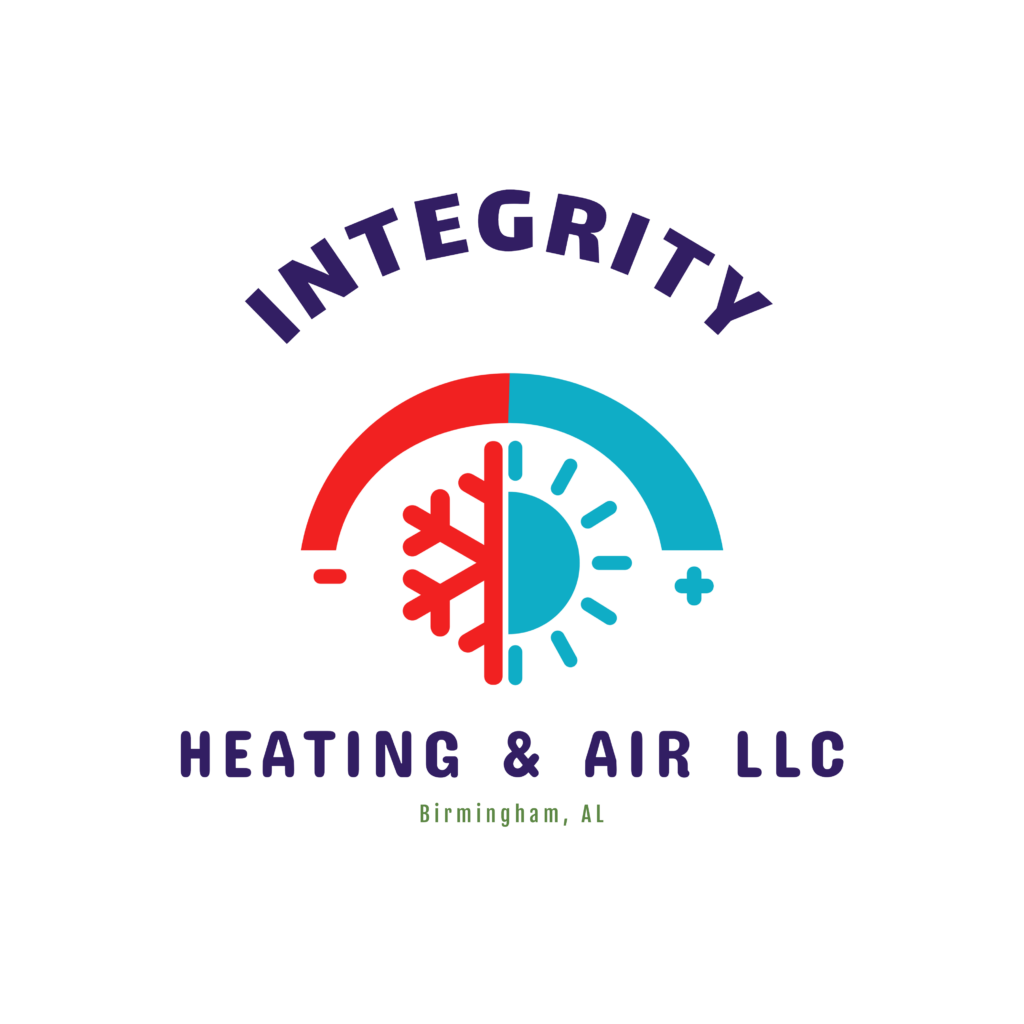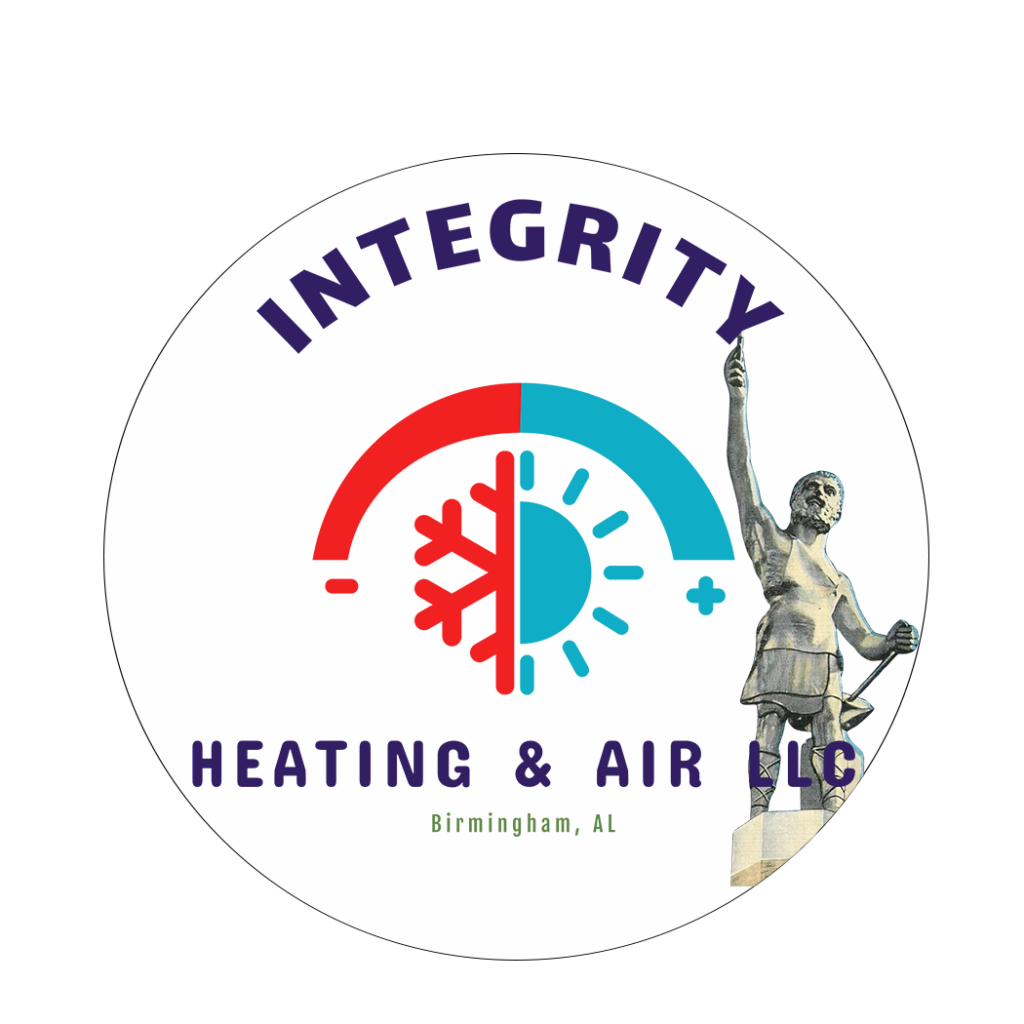Title: Common HVAC Solutions for Allergy Sufferers
Introduction:
Allergies can be a year-round nuisance for many people, and indoor air quality plays a significant role in managing allergy symptoms. For allergy sufferers, having an HVAC system that effectively filters out allergens and maintains clean air quality is essential. In this blog post, we will explore some common HVAC solutions that can help alleviate allergy symptoms and create a healthier indoor environment.
1. High-Efficiency Air Filters:
One of the most effective ways to improve indoor air quality for allergy sufferers is by using high-efficiency air filters in your HVAC system. These filters are designed to capture smaller particles such as dust, pollen, pet dander, and mold spores, preventing them from circulating in the air. Look for filters with a high MERV (Minimum Efficiency Reporting Value) rating, as they are more effective at trapping allergens.
2. Regular HVAC Maintenance:
Regular maintenance of your HVAC system is crucial for ensuring that it operates efficiently and effectively filters out allergens. Schedule routine inspections and maintenance checks with a professional HVAC technician to clean and replace filters, check for leaks or blockages in the ductwork, and ensure that the system is running smoothly.
3. UV Air Purifiers:
UV air purifiers are a popular HVAC solution for allergy sufferers, as they can help eliminate bacteria, viruses, and mold spores in the air. These purifiers use ultraviolet light to destroy microorganisms, improving indoor air quality and reducing allergy symptoms. Consider installing a UV air purifier in your HVAC system to enhance its allergen-fighting capabilities.
4. Humidity Control:
Maintaining the right humidity levels in your home can also help alleviate allergy symptoms. High humidity can promote mold growth, while low humidity can cause dryness and irritation in the respiratory system. Use a humidifier or dehumidifier in conjunction with your HVAC system to keep humidity levels between 30-50%, creating a more comfortable and allergen-free environment.
5. Duct Cleaning:
Over time, dust, debris, and allergens can accumulate in the ductwork of your HVAC system, reducing indoor air quality and triggering allergy symptoms. Consider scheduling professional duct cleaning services to remove built-up contaminants and improve air circulation in your home. Clean ducts can help reduce allergens and create a healthier living space for allergy sufferers.
Conclusion:
For allergy sufferers, implementing these common HVAC solutions can make a significant difference in managing symptoms and improving overall indoor air quality. By using high-efficiency air filters, scheduling regular maintenance, installing UV air purifiers, controlling humidity levels, and cleaning ductwork, you can create a healthier environment that promotes respiratory wellness and reduces allergen exposure. Consult with HVAC professionals to determine the best solutions for your specific needs and enjoy cleaner, fresher air in your home.

